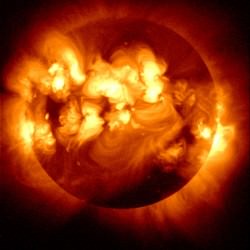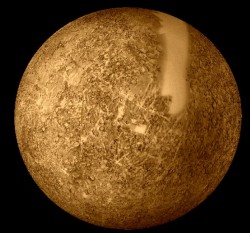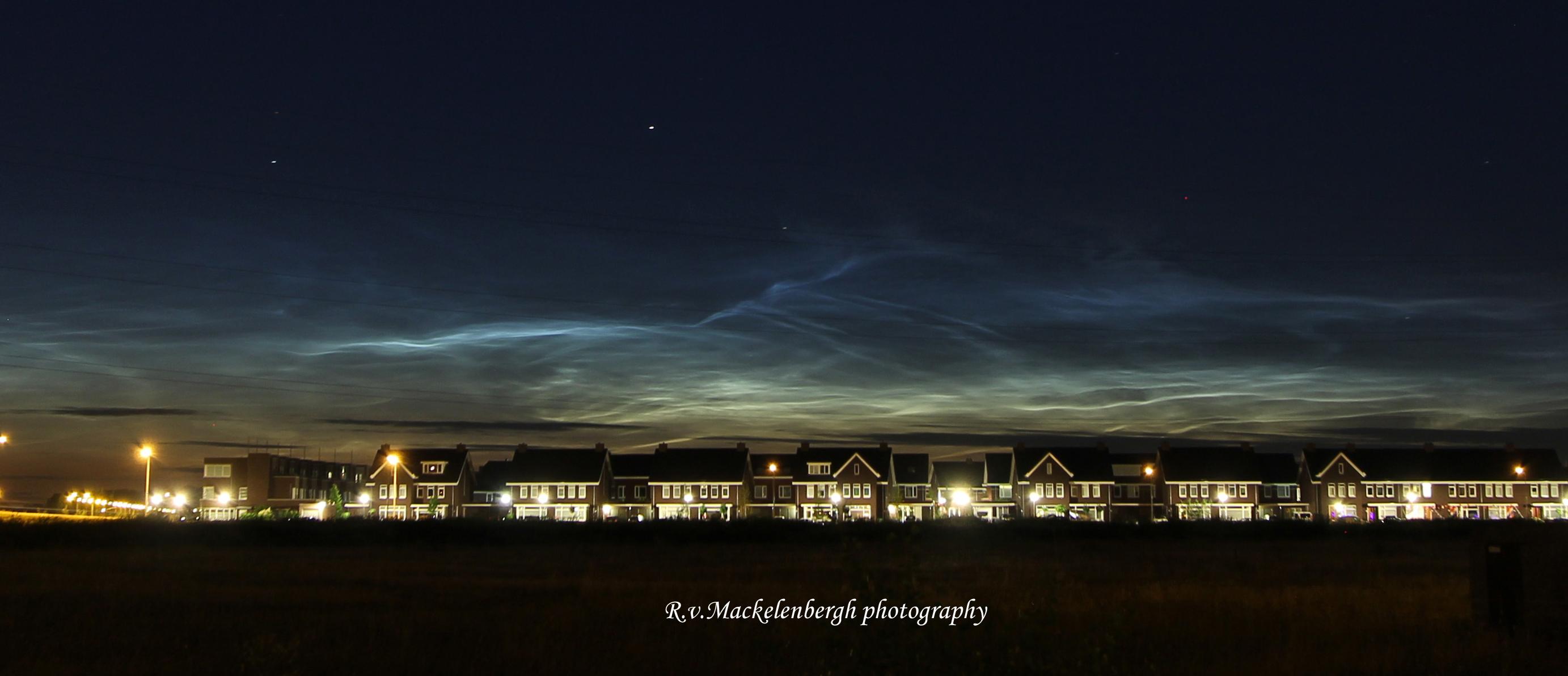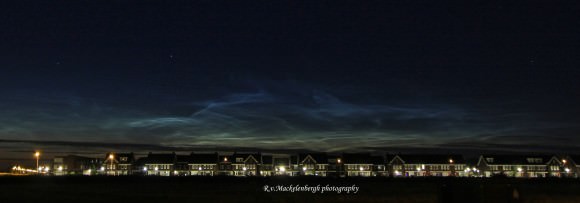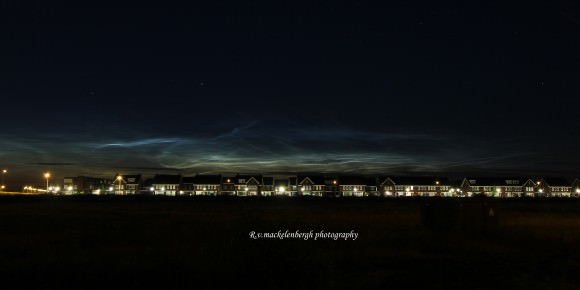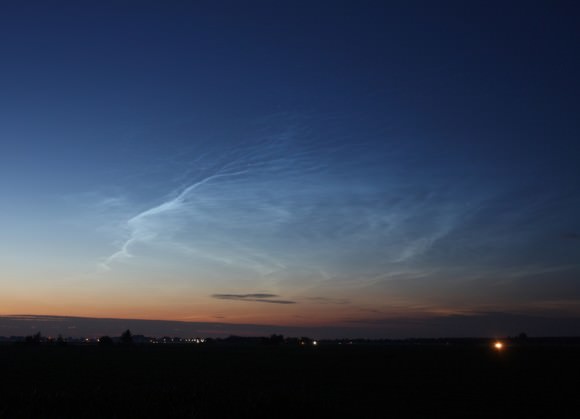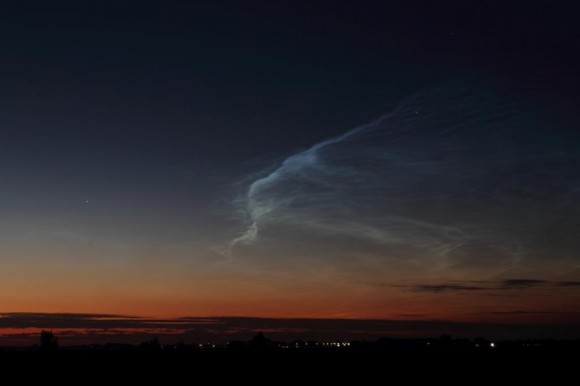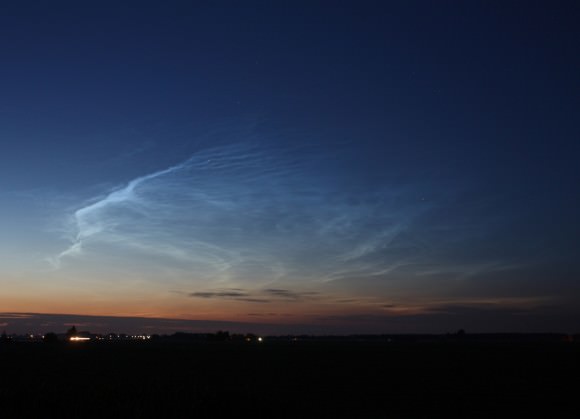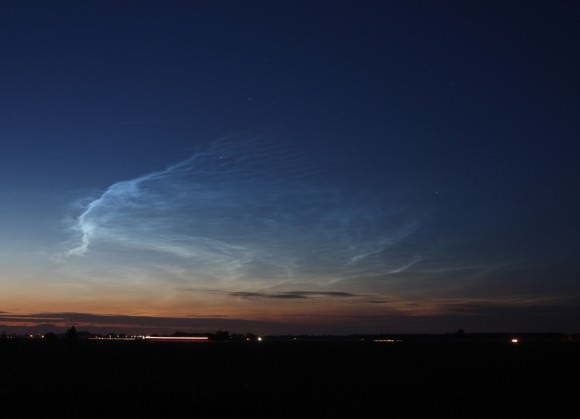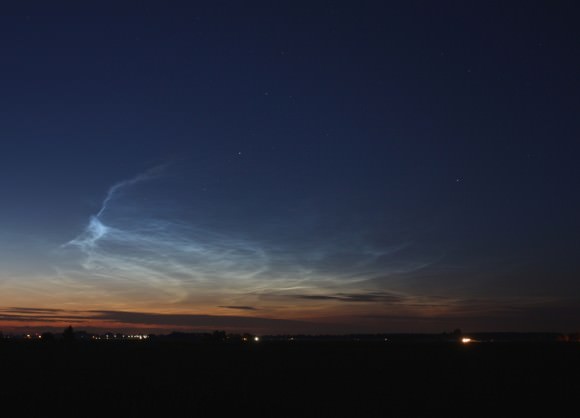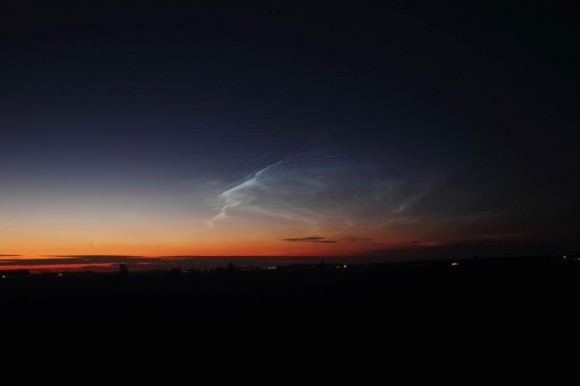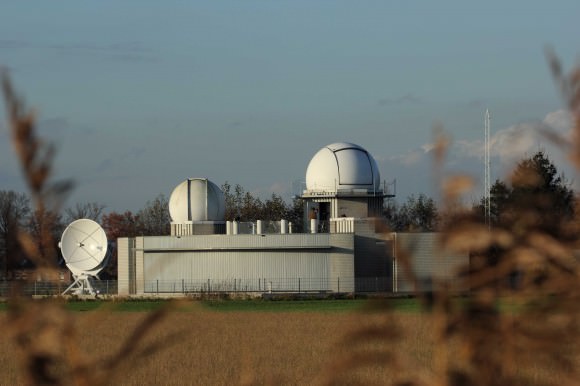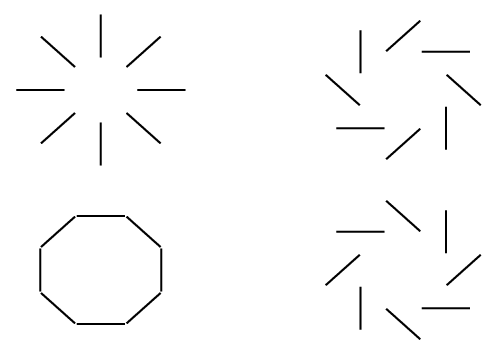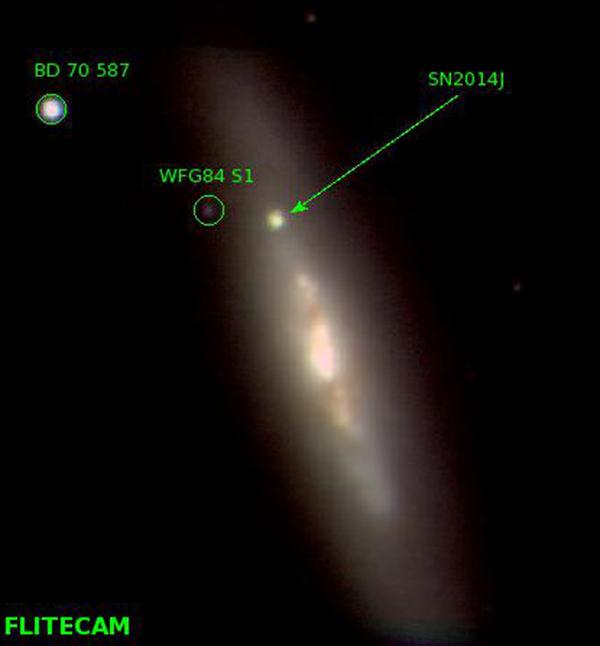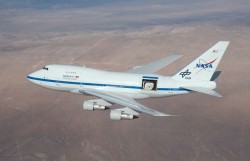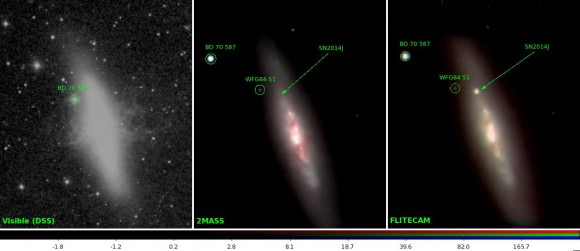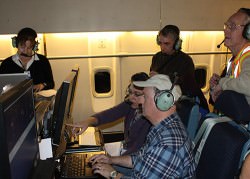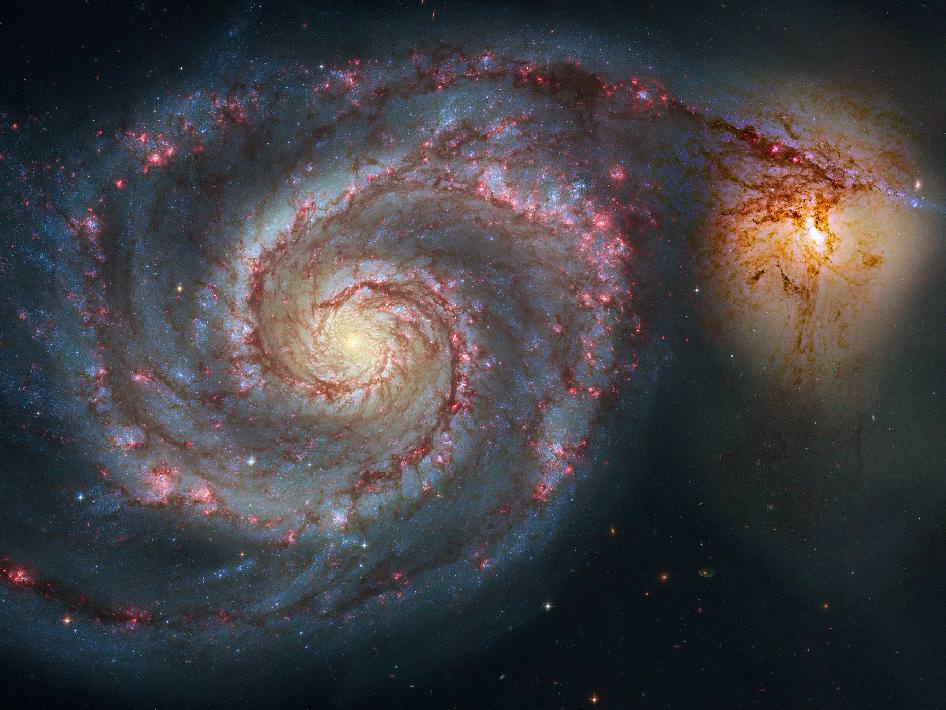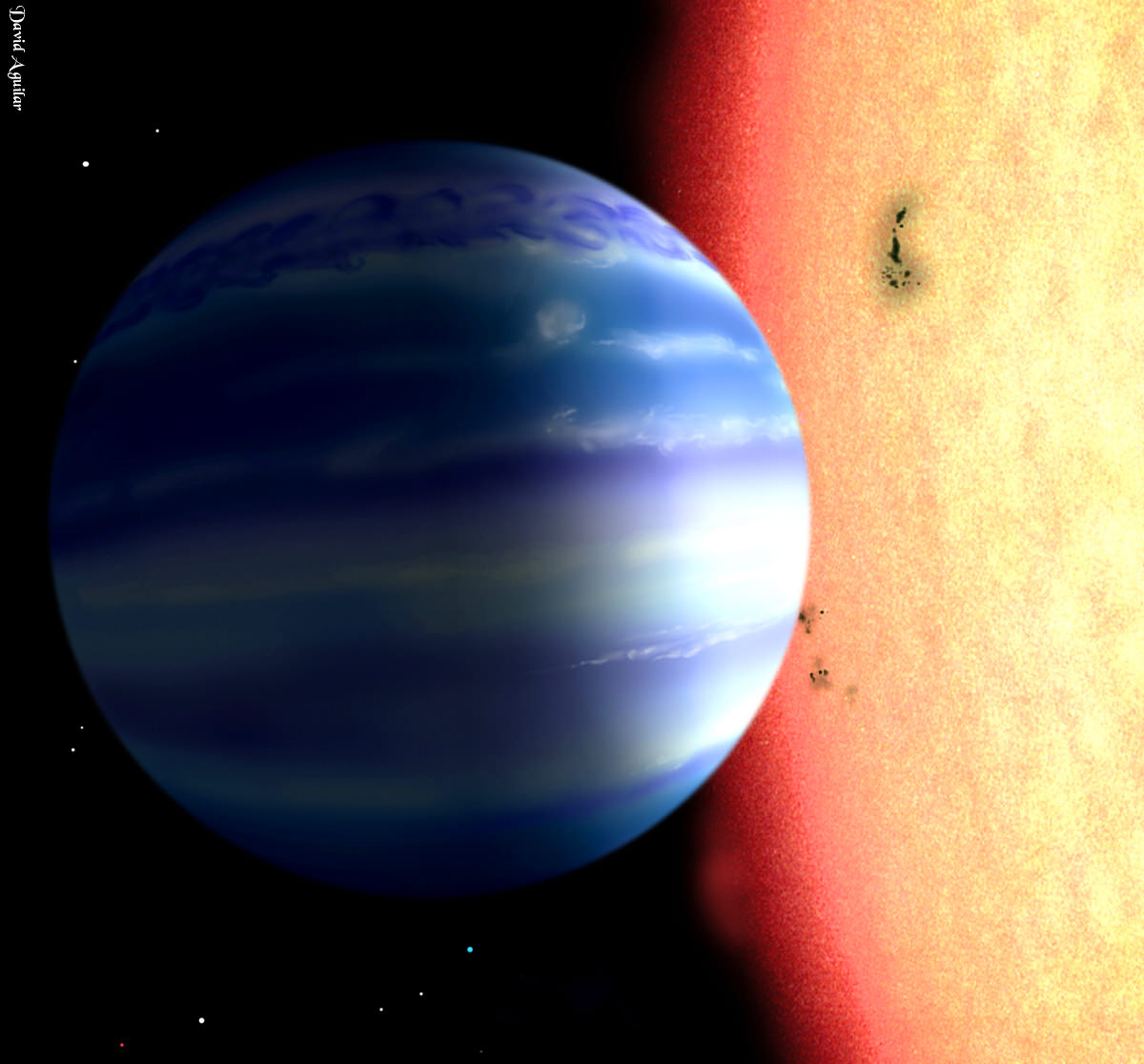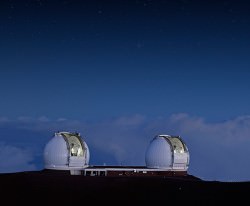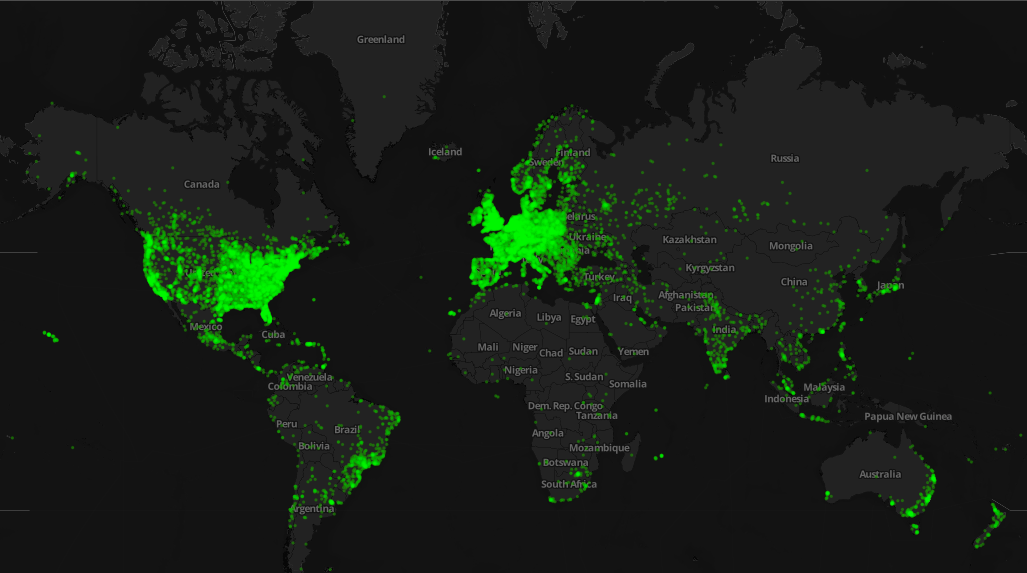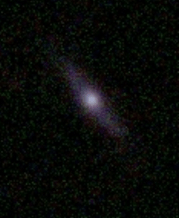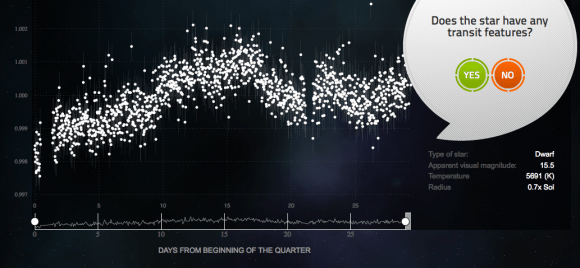Jupiter is like a jawbreaker. Dig down beneath the swirling clouds and you’ll pass through layer after layer of exotic forms of hydrogen. What’s down there, deep within Jupiter?
What’s inside Jupiter? Is it chameleons? Candy? Cake? Cheddar? Chemtrails? No one knows. No one can ever know.
Well, that’s not entirely true… or even remotely true. Jupiter is the largest planet in the Solar System and two and a half times the mass of the other planets combined. It’s a gas giant, like Saturn, Uranus, and Neptune. It’s almost 90% hydrogen and 10% helium, and then other trace materials, like methane, ammonia, water and some other stuff. What would be a gas on Earth behaves in very strange ways under Jupiter’s massive pressure and temperatures.
So what’s deep down inside Jupiter? What are the various layers and levels, and can I keep thinking of it like a jawbreaker? At the very center of Jupiter is its dense core. Astronomers aren’t sure if there’s a rocky region deep down inside. It’s actually possible that there’s twelve to forty five Earth masses of rocky material within the planet’s core. Now this could be rock, or hydrogen and helium under such enormous forces that it just acts that way. But you couldn’t stand on it. The temperatures are 35,000 degrees C. The pressures are incomprehensible.
Surrounding the core is a vast region made up of hydrogen. But it’s not a gas. The pressure and temperature transforms the hydrogen into an exotic form of liquid metallic hydrogen, similar to the liquid mercury you’d see in a thermometer. This metallic hydrogen region turns inside the planet, and acts like an electric dynamo. Similar to our planet’s own iron core, this gives the planet a powerful magnetic field.
The next level up is still liquid hydrogen, but the pressure’s lower, so it’s not metallic any more. And then above this is the planet’s atmosphere. The upper layers of Jupiter’s atmosphere is the only part we can see. Those bands on the planet are clouds of ammonia that rotate around the planet in alternating directions. The lighter color zones are colder ammonia ice upwelling from below. Here’s the exciting part. Astronomers aren’t sure what the darker regions are.

Still think you want to descend into Jupiter, to try and walk on its rocky interior? NASA tried that. In order to protect Jupiter’s moons from contamination, NASA decided to crash the Galileo spacecraft into the planet at the end of its mission. It only got point two percent of the way down through Jupiter’s radius before it was completely destroyed.
Jupiter is a remarkably different world from our own. With all that gravity, normally lightweight hydrogen behaves in completely exotic ways. Hopefully in the future we’ll learn more about this amazing planet we share our Solar System with.
What do you think? Is there a rocky core deep down inside Jupiter?
And if you like what you see, come check out our Patreon page and find out how you can get these videos early while helping us bring you more great content!



